Research article
Thirteen-level inverter for photovoltaic applications
-
1.
Department of Electrical and Electronic Engineering, University of Peradeniya, Sri Lanka
-
2.
Ceylon Electricity Board, Sri Lanka
-
3.
Institute of Energy, Cardiff University, UK
-
Received:
30 December 2015
Accepted:
14 March 2016
Published:
22 March 2016
-
-
-
-
With the recent cost reduction and efficiency improvement of solar photovoltaic (PV) cells, there is a growing interest towards PV systems in different applications. One promising application is solar PV powered electric vehicles. When they are moving on roads, the whole or some parts of the PV system might be shaded by trees, high buildings, etc.; which result in non-uniform insolation conditions. As a remedial measure, this paper presents a development of a cascaded multi-level inverter based PV system for electric vehicle applications. The basic architecture and switching of the converter switches are described. A laboratory prototype of the proposed architecture was implemented using MOSFETs and harmonic performance under different shading conditions was evaluated. It was found, that under shaded conditions, the 3rd harmonic content can increase and that it depends on the number of modules shaded and the loading condition. The shading performance, losses and power utilization of the cascaded multi-level inverter are compared with that of a conventional Pulse Width Modulated (PWM) inverter architecture. The proposed inverter shows better immunity for shading than a PWM inverter. Furthermore, it was found that the switching losses of the proposed inverter are one 10th to one 20th of that of a PWM inverter. Additionally, by properly selecting the switches, it is also possible to reduce the conduction losses compared to that of a PWM inverter. Even though the power utilization is compromised at full insolation, the power utilization performance of the proposed inverter is superior under shading conditions, thus ideally suited for the selected application. As the modular nature of the proposed inverter allows cascading of more H-bridges with fewer cells, the harmonic, shading, loss and power utilization performance of the proposed inverter can be enhanced with more number of steps in the output waveform.
Citation: Lasanthika Dissawa, Nirmana Perera, Kapila Bandara, Prabath Binduhewa, Janaka Ekanayake. Thirteen-level inverter for photovoltaic applications[J]. AIMS Energy, 2016, 4(2): 397-413. doi: 10.3934/energy.2016.2.397
Related Papers:
| [1] |
Qinyan shen, Jiang wang, Liangying zhao .
To investigate the internal association between SARS-CoV-2 infections and cancer through bioinformatics. Mathematical Biosciences and Engineering, 2022, 19(11): 11172-11194.
doi: 10.3934/mbe.2022521
|
| [2] |
Yue Hu, Xiaoqin Mei, Dong Tang .
Long non-coding RNA XIST is down-regulated and correlated to better prognosis in ovarian cancer. Mathematical Biosciences and Engineering, 2020, 17(3): 2070-2081.
doi: 10.3934/mbe.2020110
|
| [3] |
Yongyin Han, Maolin Liu, Zhixiao Wang .
Key protein identification by integrating protein complex information and multi-biological features. Mathematical Biosciences and Engineering, 2023, 20(10): 18191-18206.
doi: 10.3934/mbe.2023808
|
| [4] |
Li-Sha Pan, Zacharia Ackbarkha, Jing Zeng, Min-Li Huang, Zhen Yang, Hao Liang .
Immune marker signature helps to predict survival in uveal melanoma. Mathematical Biosciences and Engineering, 2021, 18(4): 4055-4070.
doi: 10.3934/mbe.2021203
|
| [5] |
Changxiang Huan, Jiaxin Gao .
Insight into the potential pathogenesis of human osteoarthritis via single-cell RNA sequencing data on osteoblasts. Mathematical Biosciences and Engineering, 2022, 19(6): 6344-6361.
doi: 10.3934/mbe.2022297
|
| [6] |
Yutong Man, Guangming Liu, Kuo Yang, Xuezhong Zhou .
SNFM: A semi-supervised NMF algorithm for detecting biological functional modules. Mathematical Biosciences and Engineering, 2019, 16(4): 1933-1948.
doi: 10.3934/mbe.2019094
|
| [7] |
Babak Khorsand, Abdorreza Savadi, Javad Zahiri, Mahmoud Naghibzadeh .
Alpha influenza virus infiltration prediction using virus-human protein-protein interaction network. Mathematical Biosciences and Engineering, 2020, 17(4): 3109-3129.
doi: 10.3934/mbe.2020176
|
| [8] |
Moxuan Zhang, Quan Zhang, Jilin Bai, Zhiming Zhao, Jian Zhang .
Transcriptome analysis revealed CENPF associated with glioma prognosis. Mathematical Biosciences and Engineering, 2021, 18(3): 2077-2096.
doi: 10.3934/mbe.2021107
|
| [9] |
Jian-Di Li, Gang Chen, Mei Wu, Yu Huang, Wei Tang .
Downregulation of CDC14B in 5218 breast cancer patients: A novel prognosticator for triple-negative breast cancer. Mathematical Biosciences and Engineering, 2020, 17(6): 8152-8181.
doi: 10.3934/mbe.2020414
|
| [10] |
Sufang Wu, Hua He, Jingjing Huang, Shiyao Jiang, Xiyun Deng, Jun Huang, Yuanbing Chen, Yiqun Jiang .
FMR1 is identified as an immune-related novel prognostic biomarker for renal clear cell carcinoma: A bioinformatics analysis of TAZ/YAP. Mathematical Biosciences and Engineering, 2022, 19(9): 9295-9320.
doi: 10.3934/mbe.2022432
|
-
Abstract
With the recent cost reduction and efficiency improvement of solar photovoltaic (PV) cells, there is a growing interest towards PV systems in different applications. One promising application is solar PV powered electric vehicles. When they are moving on roads, the whole or some parts of the PV system might be shaded by trees, high buildings, etc.; which result in non-uniform insolation conditions. As a remedial measure, this paper presents a development of a cascaded multi-level inverter based PV system for electric vehicle applications. The basic architecture and switching of the converter switches are described. A laboratory prototype of the proposed architecture was implemented using MOSFETs and harmonic performance under different shading conditions was evaluated. It was found, that under shaded conditions, the 3rd harmonic content can increase and that it depends on the number of modules shaded and the loading condition. The shading performance, losses and power utilization of the cascaded multi-level inverter are compared with that of a conventional Pulse Width Modulated (PWM) inverter architecture. The proposed inverter shows better immunity for shading than a PWM inverter. Furthermore, it was found that the switching losses of the proposed inverter are one 10th to one 20th of that of a PWM inverter. Additionally, by properly selecting the switches, it is also possible to reduce the conduction losses compared to that of a PWM inverter. Even though the power utilization is compromised at full insolation, the power utilization performance of the proposed inverter is superior under shading conditions, thus ideally suited for the selected application. As the modular nature of the proposed inverter allows cascading of more H-bridges with fewer cells, the harmonic, shading, loss and power utilization performance of the proposed inverter can be enhanced with more number of steps in the output waveform.
References
|
[1]
|
Barton JP, Infield DG (2014) Energy Storage and Its use with Intermittent Renewable Energy. IEEE T Energy Conver 19: 441-448.
|
|
[2]
|
Gerber A, Awad B, Ekanayake JB, et al. (2011) Operation of the 2030 GB Power Generation System. P ICE - Energy 164: 25-37. doi: 10.1680/ener.1000009

|
|
[3]
|
Imtiaz AM, Khan FH, Kamath H (July-Aug 2013) All-in-one Photovoltaic Power System: Features and Challenges Involved in Cell-Level Power Conversion in ac Solar Cells. IEEE Ind Appl Mag 19: 12-23.
|
|
[4]
|
Cheng Y, Qian C, Crow ML, et al. (2006) A Comparison of Diode-Clamped and Cascaded Multilevel Converters for a STATCOM with Energy Storage. IEEE T Ind Electron 53: 1512-1521. doi: 10.1109/TIE.2006.882022

|
|
[5]
|
Lai J, Peng FZ (1996) Multilevel Converters-A New Breed of Power Converters. IEEE T Ind Appl 32: 509-517. doi: 10.1109/28.502161

|
|
[6]
|
Maharjan L, Yamagishi T, Akagi H (2012) Active-Power Control of Individual Converter Cells for a Battery Energy Storage System Based on a Multilevel Cascade PWM Converter. IEEE T Power Electron 23: 1099-1107.
|
|
[7]
|
Maharjan L, Inoue S, Akagi H, et al. (2008) A Transformerless Battery Energy Storage System based on a Multilevel Cascade PWM Converter. IEEE Power Electronics Specialists Conference 4798-4804.
|
|
[8]
|
Tolbert LM, Peng FZ, Habetler TG (1999) Multilevel Converters for Large Electric Drives. IEEE T Ind Appl 35: 36-44. doi: 10.1109/28.740843

|
|
[9]
|
Khajehoddin SA, Bakhshai A, Jain P (2007) The Application of the Cascaded Multilevel Converters in Grid Connected Photovoltaic Systems. IEEE Canada Electrical Power Conference 296-301.
|
|
[10]
|
Chithra M, Dasan SGB (2011) Analysis of cascaded H Bridge Multilevel Inverters with Photovoltaic Arrays. International conference on Emerging Trends in Electrical and Computer Technology (ICETECT) 442-447.
|
|
[11]
|
Selvakumar S, Vinothkumar A, Vigneshkumar M (2014) An Efficient New Hybrid Cascaded Hbridge Inverter for Photovoltaic System. 2nd International Conference on Devices, Circuits and Systems (ICDCS) 1-6.
|
|
[12]
|
Van Ovrstraeten RJ, Mertens RP (1986) Physics, Technology and Use of Photovoltaic. Adam Hilger Ltd.
|
-
-
This article has been cited by:
| 1.
|
Edward A. Rietman, Jacob G. Scott, Jack A. Tuszynski, Giannoula Lakka Klement,
Personalized anticancer therapy selection using molecular landscape topology and thermodynamics,
2017,
8,
1949-2553,
18735,
10.18632/oncotarget.12932
|
|
| 2.
|
Edward A. Rietman, Sophie Taylor, Hava T. Siegelmann, Marco A. Deriu, Marco Cavaglia, Jack A. Tuszynski,
Using the Gibbs Function as a Measure of Human Brain Development Trends from Fetal Stage to Advanced Age,
2020,
21,
1422-0067,
1116,
10.3390/ijms21031116
|
|
| 3.
|
Elizabeth J. Brant, Edward A. Rietman, Giannoula Lakka Klement, Marco Cavaglia, Jack A. Tuszynski, Xu-jie Zhou,
Personalized therapy design for systemic lupus erythematosus based on the analysis of protein-protein interaction networks,
2020,
15,
1932-6203,
e0226883,
10.1371/journal.pone.0226883
|
|
| 4.
|
J. James Frost, Kenneth J. Pienta, Donald S. Coffey,
Symmetry and symmetry breaking in cancer: a foundational approach to the cancer problem,
2018,
9,
1949-2553,
11429,
10.18632/oncotarget.22939
|
|
| 5.
|
Edward A. Rietman, John Platig, Jack A. Tuszynski, Giannoula Lakka Klement,
Thermodynamic measures of cancer: Gibbs free energy and entropy of protein–protein interactions,
2016,
42,
0092-0606,
339,
10.1007/s10867-016-9410-y
|
|
| 6.
|
Edward Rietman, Jack A. Tuszynski,
2018,
Chapter 8,
978-3-319-74973-0,
139,
10.1007/978-3-319-74974-7_8
|
|
| 7.
|
Ellen Kure Fischer, Antonio Drago,
A molecular pathway analysis stresses the role of inflammation and oxidative stress towards cognition in schizophrenia,
2017,
124,
0300-9564,
765,
10.1007/s00702-017-1730-y
|
|
| 8.
|
Chang Yu, Edward A. Rietman, Hava T. Siegelmann, Marco Cavaglia, Jack A. Tuszynski,
Application of Thermodynamics and Protein–Protein Interaction Network Topology for Discovery of Potential New Treatments for Temporal Lobe Epilepsy,
2021,
11,
2076-3417,
8059,
10.3390/app11178059
|
|
| 9.
|
Nicolas Carels, Domenico Sgariglia, Marcos Guilherme Vieira Junior, Carlyle Ribeiro Lima, Flávia Raquel Gonçalves Carneiro, Gilberto Ferreira da Silva, Fabricio Alves Barbosa da Silva, Rafaela Scardini, Jack Adam Tuszynski, Cecilia Vianna de Andrade, Ana Carolina Monteiro, Marcel Guimarães Martins, Talita Goulart da Silva, Helen Ferraz, Priscilla Vanessa Finotelli, Tiago Albertini Balbino, José Carlos Pinto,
A Strategy Utilizing Protein–Protein Interaction Hubs for the Treatment of Cancer Diseases,
2023,
24,
1422-0067,
16098,
10.3390/ijms242216098
|
|
| 10.
|
Giulia Pozzati, Jinrui Zhou, Hananel Hazan, Giannoula Lakka Klement, Hava T. Siegelmann, Jack A. Tuszynski, Edward A. Rietman,
A Systems Biology Analysis of Chronic Lymphocytic Leukemia,
2024,
4,
2673-7523,
163,
10.3390/onco4030013
|
|
-
-











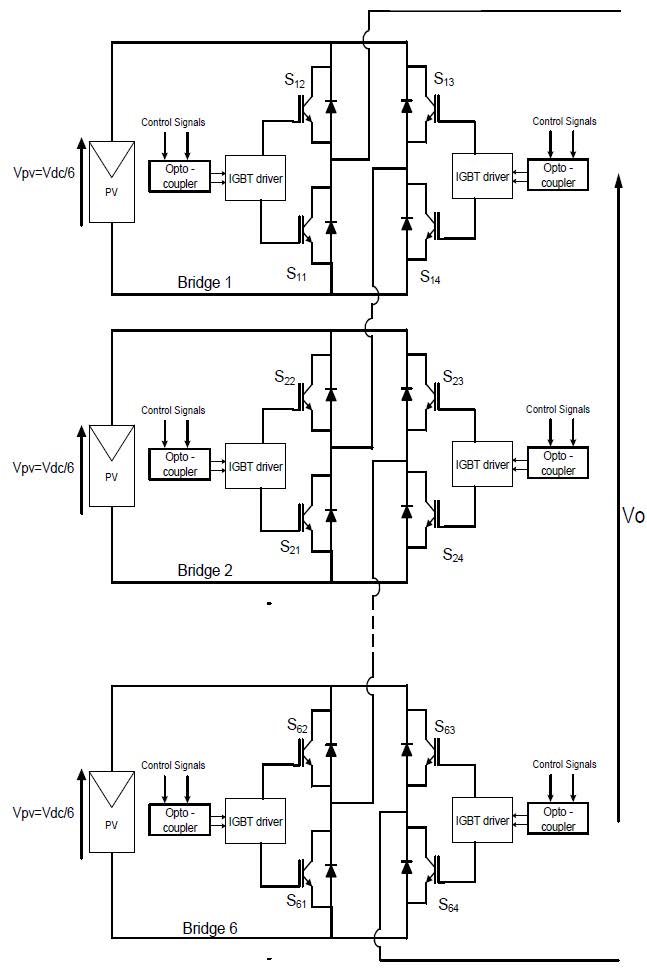
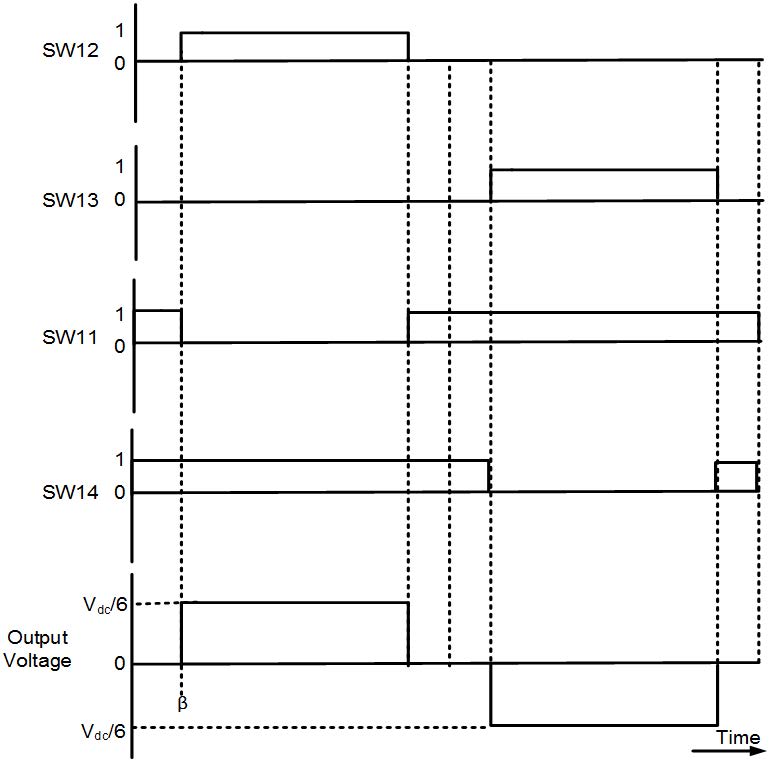
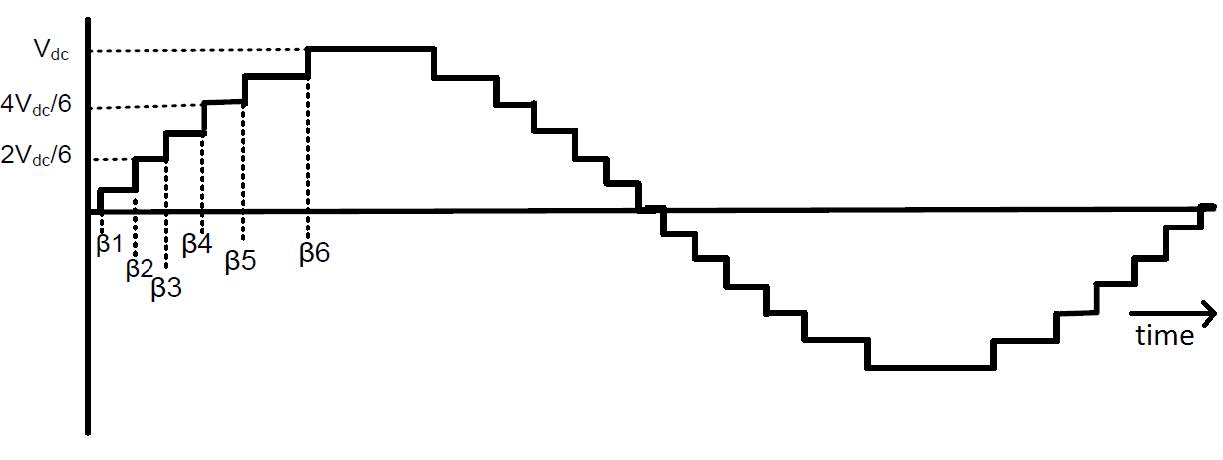
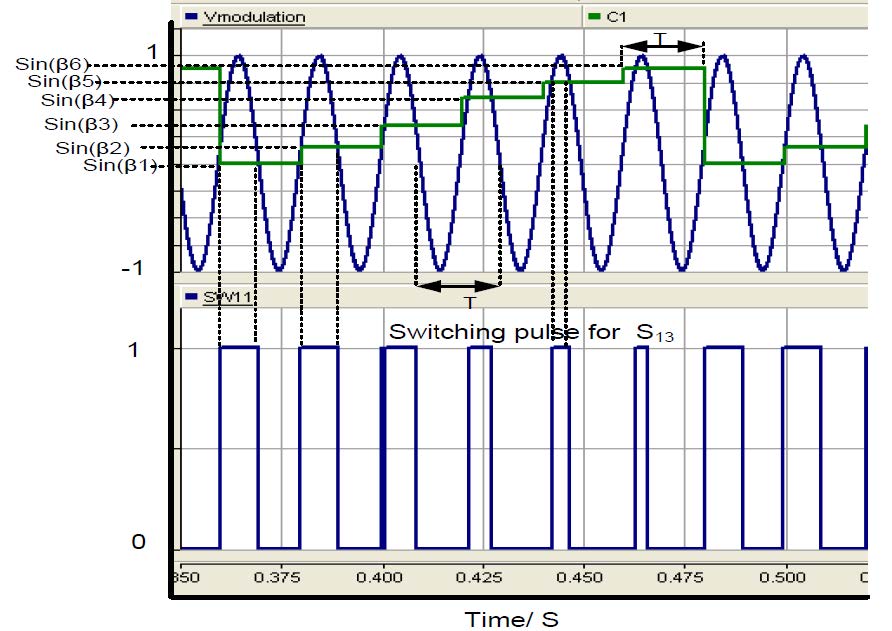

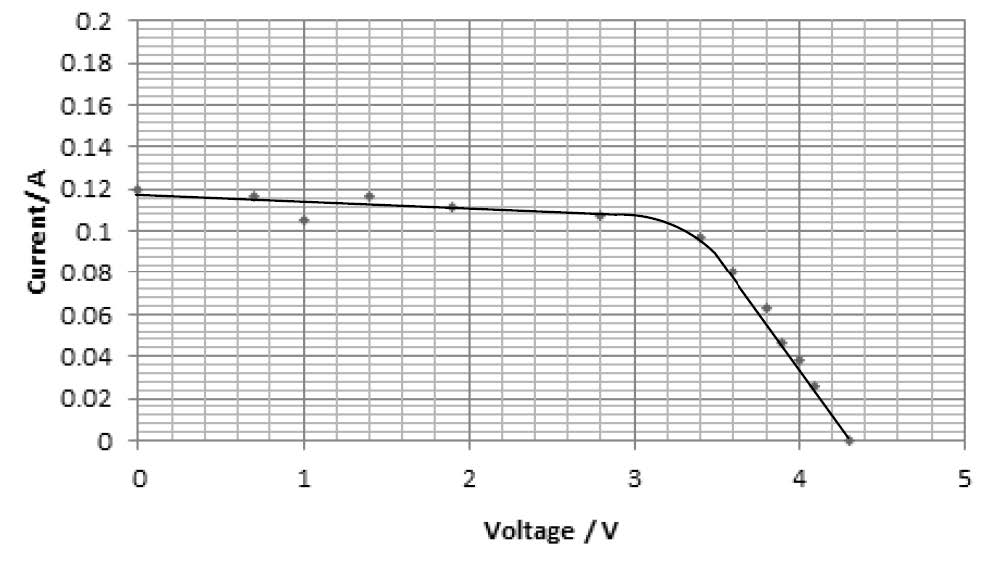
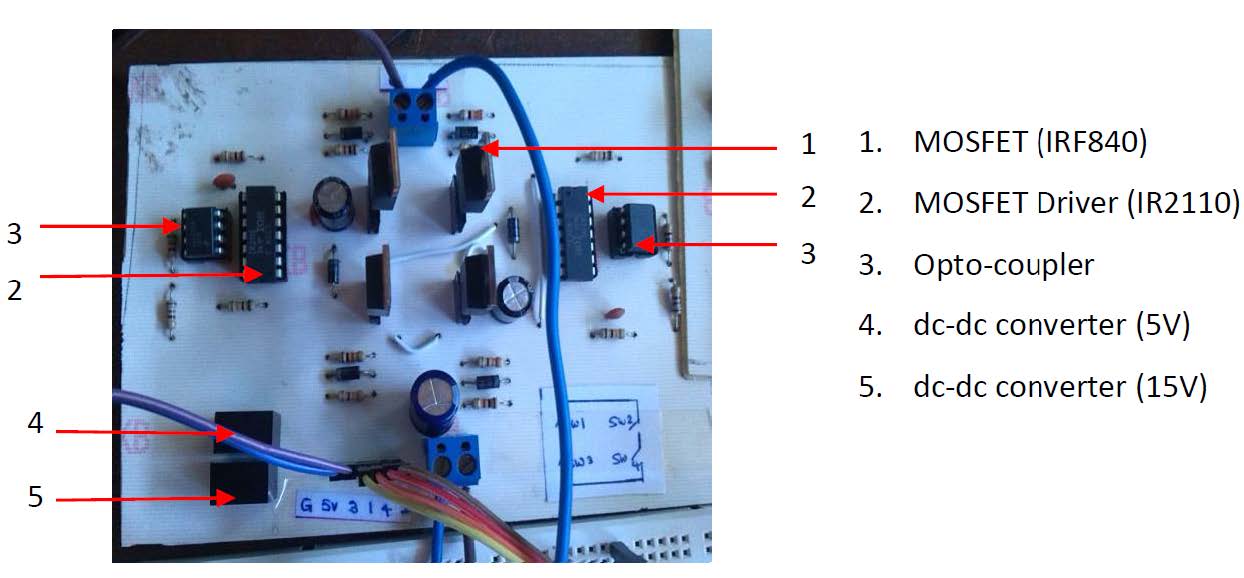
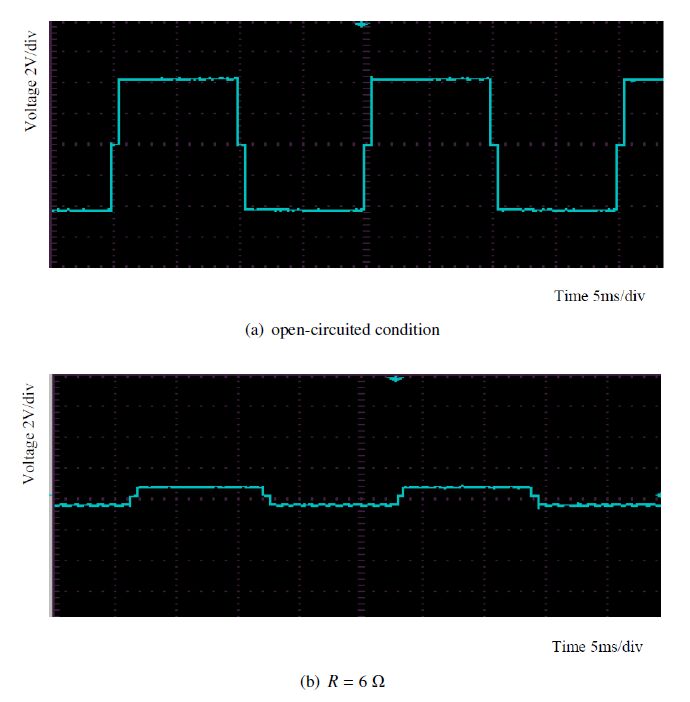
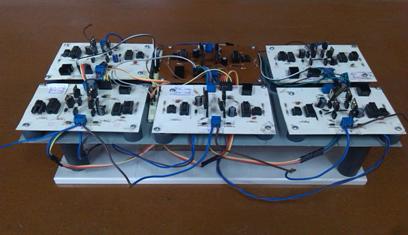
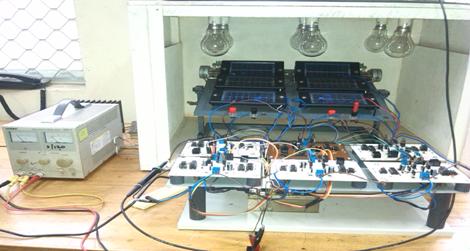




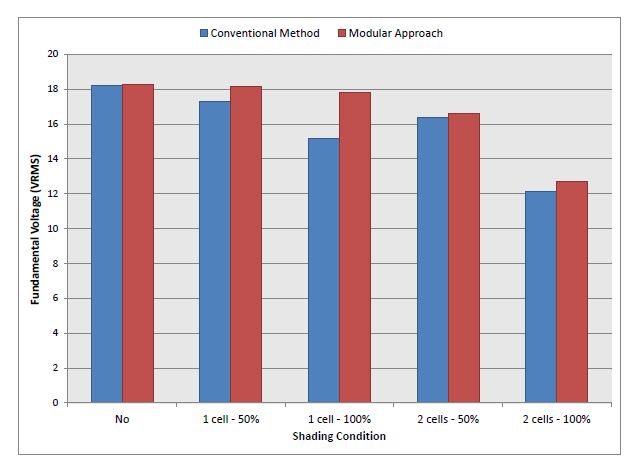

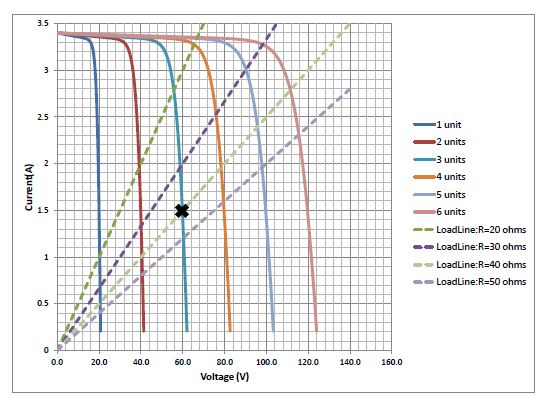
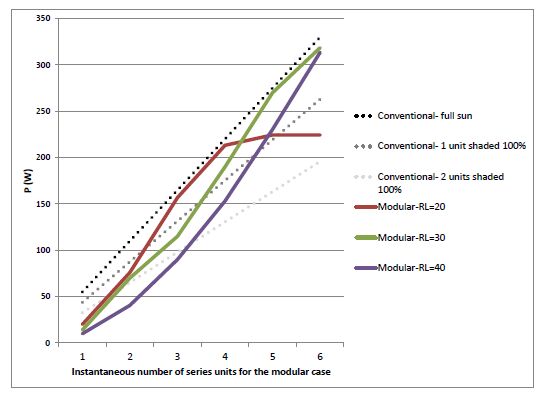


 DownLoad:
DownLoad: